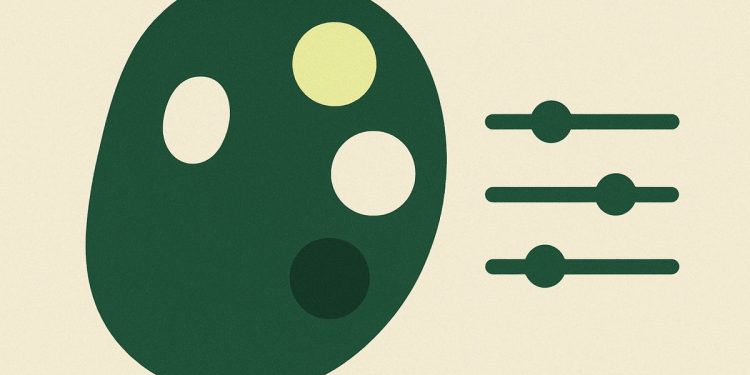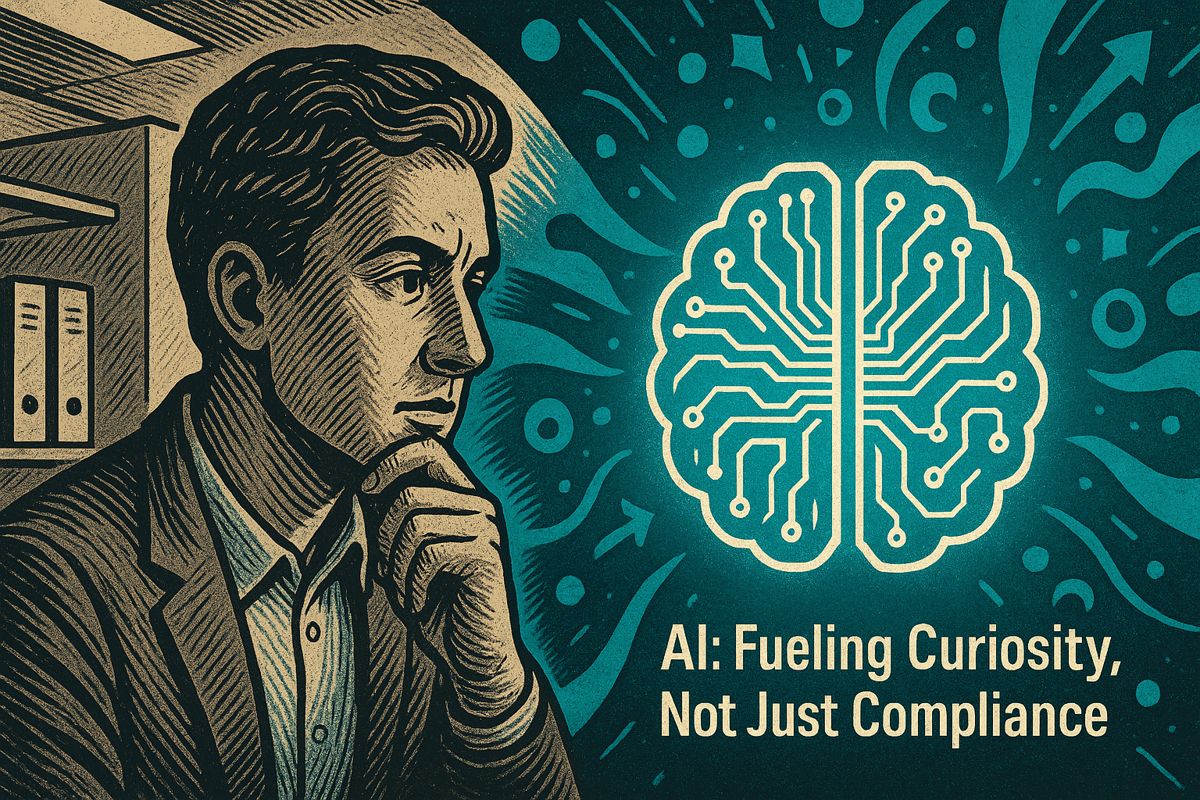Google has launched Nano Banana Pro, its new pro-grade AI imaging model designed to deliver ultra-realistic, studio-quality visuals. This groundbreaking tool gives creators camera-like controls over settings like shutter speed and ISO through natural language, while uniquely grounding every image with live data from Google Search for unparalleled factual accuracy. Announced on November 20, 2025, the model leverages the Gemini 3 Pro backbone to produce 2K and 4K outputs that rival professional photography, transforming creative workflows for agencies and enterprises.
Creative directors are finding that art boards once requiring stock photography or expensive reshoots can now be generated from a single prompt, complete with accurate logos and multilingual text. The model’s unique reasoning step, which plans composition before rendering, has been praised by agencies for cutting revision cycles down to mere minutes.
What sets Nano Banana Pro apart
Nano Banana Pro is a professional-grade AI image generator from Google that produces photorealistic 2K and 4K assets. It stands apart with granular, camera-style controls for settings like lighting and depth of field, and integrates live Google Search data to ensure factual accuracy in every image it creates.
The model is defined by its focus on creative control and high fidelity. Users can manipulate key photographic settings – including shutter speed, ISO, and lens distortion – using intuitive natural language commands. A TechCrunch report highlights its ability to lock faces and blend up to 14 reference images, ensuring absolute consistency for complex brand campaigns.
This precision also applies to text generation, with internal benchmarks showing over 95% accuracy for Latin and Asian scripts, surpassing competitors like Midjourney v6.1. For enterprise use, every image is tagged with a SynthID invisible watermark for verification. While the model is intentionally slower than its “Flash” counterpart, this trade-off results in superior image sharpness and noise reduction.
Early adoption and emerging workflows
Nano Banana Pro is rapidly integrating into professional toolchains. It is available natively in Google Slides, Vids, and the Gemini app, with promotional quotas for Workspace users. The Google Cloud Blog confirms that major creative platforms like Adobe Photoshop, Figma, and Canva have also integrated the model, providing widespread access.
Early adopters in creative agencies are reporting significant workflow improvements:
- Faster Localization: Campaign assets are localized up to 40% faster with accurate in-image text translation.
- Brand Consistency: Multi-reference fusion maintains consistent brand colors and styles across global campaigns.
- Reduced Costs: The need for stock photography for social media content is significantly reduced.
Beyond marketing, the model is being used for hardware prototyping, virtual fashion design, and creating self-updating, fact-checked infographics for publishers.
In a competitive landscape, Nano Banana Pro’s key differentiator is its live search grounding – a feature competitors like DALL·E 4 and Midjourney v6.1 currently lack. While others may match its 4K resolution or atmospheric quality, Google’s model excels at combining high fidelity with factual accuracy and legible text.
The pricing model reflects its professional focus. Usage is metered per megapixel via Vertex AI, with options for reserved throughput to guarantee performance. Generous quotas for Google Workspace users are designed to integrate the tool deeply into the corporate ecosystem.
While not built for the instant generation speed of consumer AI tools, Nano Banana Pro is establishing a new benchmark for professional-grade production assets. Its combination of photographic quality, precise control, and real-world data integration positions it as an indispensable tool for creatives demanding accuracy and polish.
What exactly is Nano Banana Pro and how is it different from earlier Google image models?
Nano Banana Pro is Google’s studio-grade image model that outputs native 2K and 4K visuals with photographic realism. Unlike its predecessor, it offers camera-like controls – you can set camera angles, lighting, depth-of-field and even relight a scene after generation. Every image is stamped with an invisible SynthID watermark for provenance, and the model can juggle up to 14 reference images at once to keep colours, logos and faces consistent across a campaign.
How accurate is the text I can add inside an image?
In Google’s 2025 multilingual benchmark, Nano Banana Pro scored >95 % accuracy for rendering Latin and Asian scripts inside pictures. Designers are using it to drop long passages, multi-line slogans or mixed-language packaging text without the “garbled letters” problem that plagues most generators. Because the model is search-grounded, it will even spell real product names, city skylines or historical dates correctly.
Where can I use it today – do I need special hardware?
The model is already the default image engine inside the Gemini app, Google Slides, Vids and NotebookLM. Creative suites have followed quickly: Adobe embedded it in Photoshop and Firefly, while Canva, Figma and Photoroom have added one-click “Generate with Nano Banana Pro” buttons. There is no extra hardware; everything runs on Google Cloud, and enterprise teams can tap the same model through the Vertex AI API with copyright indemnification included.
Is it fast and cheap enough for everyday projects?
Google is blunt: Nano Banana Pro is built for quality, not speed. Each 4K render can take 10-30 seconds and costs ~15× more per call than the standard Nano Banana. Agencies report that a single campaign visual still comes out cheaper than a stock-photo licence once you factor in model, photographer and retouching fees, but for rapid story-boarding many shops keep a “fast” tier on the lighter model and only switch to Pro for final assets.
What are early adopters doing with it that was impossible before?
- Localisation at scale – translate every headline inside an existing ad creative while keeping fonts, colour and layout intact.
- Global brand consistency – upload a 14-slide style guide and generate hundreds of region-specific posters that still “look like the brand”.
- Live data infographics – ask for a map of 2025 Q3 smartphone market share and receive an accurate, fully labelled diagram because the model polls Google Search in real time.
- Hyper-real headshots – HR departments generate dozens of professional portraits for internal directories without booking a single photo session.
Early partners include Canva, Disney Experiences, and major ad holding groups; Google says the first 60 days come with promotional higher rate limits for every Workspace customer, so teams can experiment without hitting the meter immediately.



















